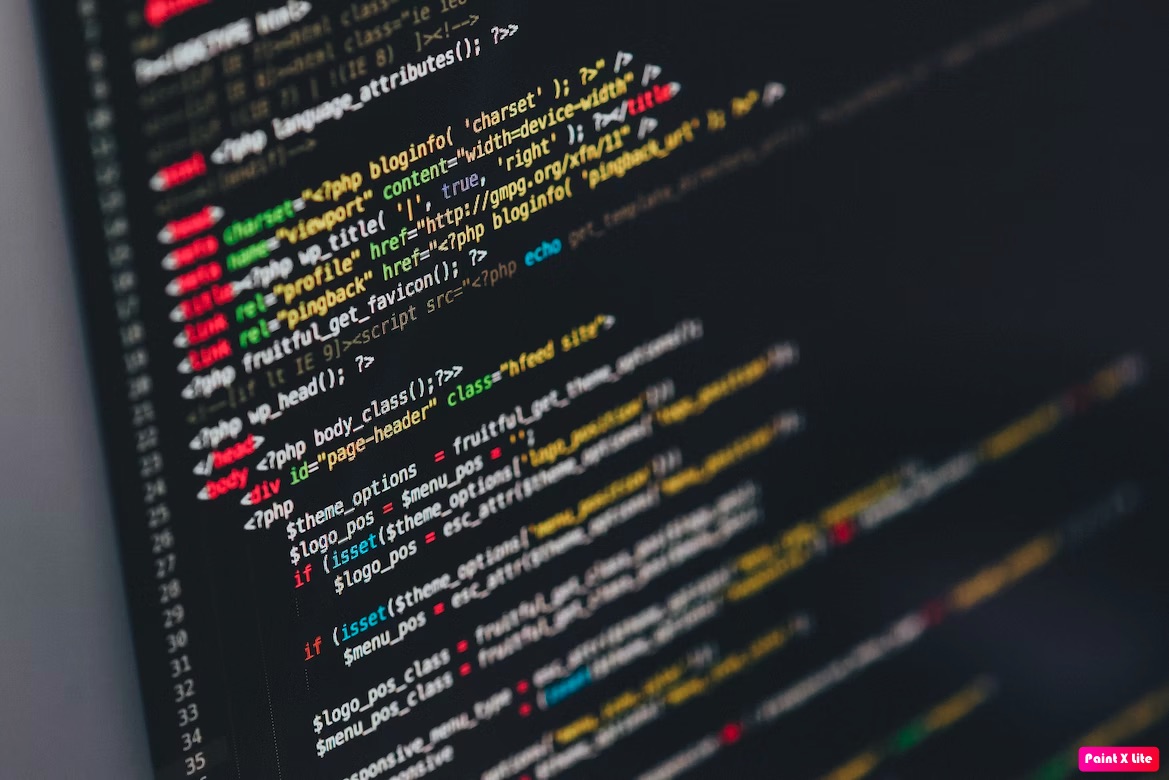
The digital landscape in 2025 is increasingly complex, with online businesses seeking more efficient ways to manage and analyze data. For eCommerce stores, maintaining seamless interactions with customers, vendors, and third-party platforms is crucial for success.
This is where webhooks come in. Webhooks, a communication protocol that sends data to other applications as soon as that data becomes available, have become a lifeline for online stores.
This short guide will delve into the best practices of using webhooks for eCommerce stores and highlight how you can optimize their potential in 2025.
Understanding Webhooks

Webhooks are essentially a way for an app to provide other applications with real-time information. They’re sometimes referred to as “reverse APIs” since push data to destination as soon as it becomes available.
For eCommerce businesses, webhooks can handle a multitude of tasks, from updating inventory levels to notifying shipping providers of new orders.
Webhook Use Cases in eCommerce
Before diving into best practices, let’s examine a few ways webhooks can be utilized within an eCommerce framework:
- Inventory Management: Webhooks can be used to automatically update product inventory across multiple platforms, ensuring accurate and consistent data.
- Order Fulfillment: When a new order is placed, a webhook can alert your fulfillment provider or warehouse, initiating the shipping process.
- Payment Processing: Webhooks can notify your store when a customer has successfully processed a payment or when a payment fails.
- Customer Communication: If a product comes back into stock or an order status changes, webhooks can trigger automated emails to customers.
- Marketing: Webhooks can integrate your store with marketing automation platforms, sending customer data that allows for personalized marketing campaigns.
While you might have solutions that can do some of these for your store, there might come a day when your store will need something a little more custom. These examples demonstrate the breadth of potential applications for webhooks within an eCommerce business, proving them to be an invaluable tool.
Best Practices for Using Webhooks in eCommerce

Whether you’re new to webhooks or looking to refine your existing infrastructure, here are some best practices to consider:
1. Define Clear Use Cases
Before implementing webhooks, it’s important to define your specific use cases. Determine what data you want to receive, when you want to receive it, and how you’re going to use it. Having clear use cases will streamline your integration process and ensure you’re getting the most out of your webhooks.
2. Secure Your Webhooks
Security is a critical aspect of working with webhooks, especially when dealing with sensitive customer data. Use HTTPS for your endpoints to encrypt data and consider implementing a signature or secret key that your receiving application can use to verify the webhook’s source.
3. Handle Failures Gracefully
Network errors and endpoint downtime are inevitable, so your infrastructure needs to handle these situations gracefully. Implementing a retry mechanism can ensure your webhooks are delivered even if the receiving server is temporarily unavailable.
4. Test Your Webhooks
Testing your webhooks is crucial to ensure they’re functioning correctly. This includes validating they’re triggering at the right times, delivering the correct data, and handling failure scenarios.
5. Monitor Your Webhooks
It’s crucial to monitor your webhooks to spot potential issues before they become critical. Keeping track of metrics such as success rate, response time, and payload size can give you insights into your webhooks’ performance and help you identify and fix issues promptly.
The Importance of a Robust Webhook Infrastructure
In a fast-paced eCommerce environment, a robust webhook infrastructure is crucial. Managing and maintaining your webhooks can be a challenge, but there are tools available to simplify this task.
A tool like Hookdeck can streamline the process of testing and monitoring your webhooks, providing insights into delivery statuses and performance metrics in real time. It provides a reliable infrastructure that ensures data delivery, freeing up time for you to focus on core business activities.
Advanced Webhook Practices
While the basics of webhook use are relatively straightforward, there are some more advanced practices that eCommerce businesses can adopt to optimize their operations.
- Scaling: As your eCommerce store grows, your webhook infrastructure will need to scale with it.
- Optimizing Data Use: Webhooks can send a wealth of data, but not all of it will be useful to your store. It’s important to fine-tune which data you receive and how you use it to optimize your operations.
- Integrating with Other APIs: Webhooks can be used in conjunction with other APIs to create more complex, automated workflows.
- Batch Processing: For high-volume operations, consider using webhooks to trigger batch processes. This can reduce the load on your servers and make your operations more efficient.
Conclusion
Webhooks offer a powerful solution for eCommerce businesses, enabling real-time data sharing and automating various aspects of operations.
While webhooks might require some technical investment, the payoff in terms of improved operations, streamlined processes, and better customer experience makes them well worth considering.
As we move further into 2025 and beyond, the ability to handle real-time data will become ever more critical for eCommerce success.